After many years of development, technology has reached a new level. Now, experts can use artificial intelligence (AI) to turn drawings into portraits of real people. Recently, Chinese experts applied AI technology to vividly recreate portraits of this country’s feudal emperors.
The advantage of AI is to recognize the structure of the face, to add pixels in the missing part, making the face more complete even though the original image cannot depict it. This work requires a lot of time and effort of the restorer. After having the faces redrawn with AI, the portraits of famous people in the past are indeed more vivid and natural, making viewers feel that the characters in them are very honest and close.
Let’s see the portraits of emperors Kangxi, Yongzheng and Qianlong through the expression of AI!
1. Cang Jie
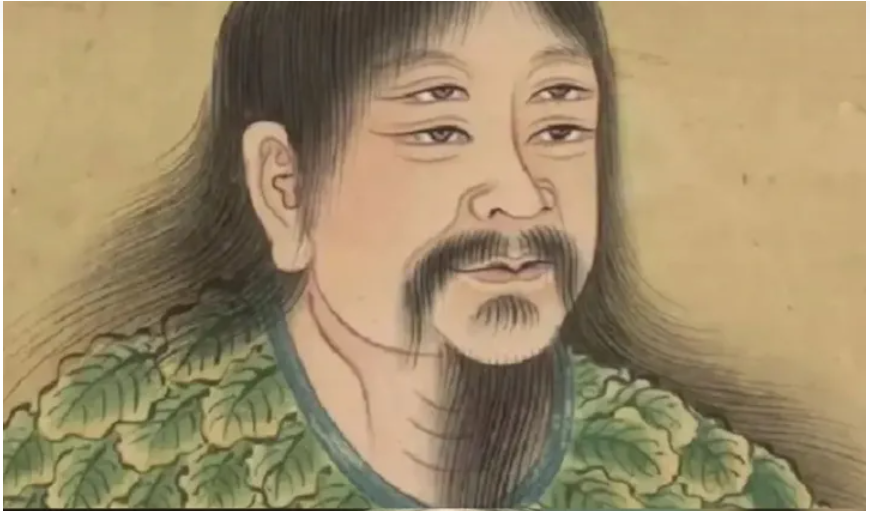
Thuong Hiet was redrawn by the ancients according to the description of historical books. (Photo: Sohu)
Cang Jie is a Chinese mythological character, revered as the god of Chinese writing. In the Xunzi of the Qin Dynasty, there is a sentence: “There are many people who like writing, only Cang Jie created the writing and passed it down.”. In “La Thi Spring and Autumn” There is also the theory that Cang Jie created letters, at least clearly stating that at that time Cang Jie was a good expert in writing and writing. Anecdotes about him have been passed down since the Warring States period through books “La Thi Spring and Autumn” write out.
According to historical descriptions, Cang Jie was born with 4 eyes, his eyes were always full of hate, but from those two eyes emitted an unusual light, observing things extremely clearly. Thuong Hiet had his hair down, his beard down, wearing animal skin, sitting on the skin of a fierce beast, always holding a pen in his hand, talking to the person opposite him, as if he was thinking about something. His head is also different from normal people, the top of his head is raised, showing a special intelligence.
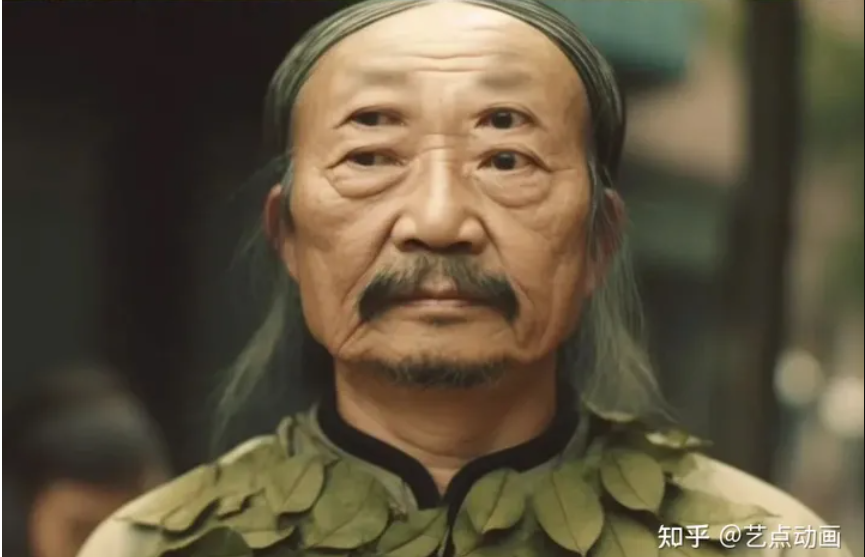
The AI that redraws Cang Jie’s portrait is quite strange compared to the original. (Photo: Sohu)
AI redrawn Cang Jie’s portrait exactly as described in history books. He has up to 4 eyes, but in the photo drawn by AI, Cang Jie is thin and does not have many special features like the old photo.
2. Ly The Dan
Tang Thai Tong (598 – 649), real name Ly Shimin, was the second emperor of the Tang dynasty in Chinese history. From a young age, Ly The Dan showed great talent, very good at martial arts, talented in leading troops, using military techniques, and very courageous, not afraid of the most dangerous things, when attacking, it was like a storm. When he was only 18 years old, he held military power in his hands, conquering many talented and dedicated generals such as Ly Tinh, Uat Tri Kinh Duc, and Tan Thuc Bao.
An official of the Sui Dynasty, Cao Si Liem, married his niece, Truong Ton Thi, to him. He was 14 years old at that time, and she was only 12. He also had artistic talents, especially in calligraphy and playing the piano. His calligraphy was always studied by Wang Xizhi.
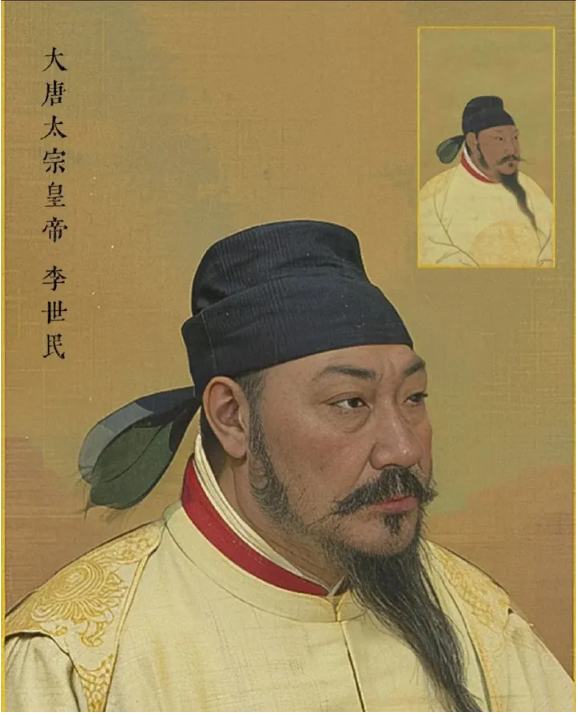
AI redraws the portrait of Ly The Dan with a dignified, majestic appearance. (Photo: Sohu)
Ly The Dan, reconstructed by AI, is a king with a dignified and majestic appearance, with a high nose and dragon face.
3. Chu Nguyen Chuong
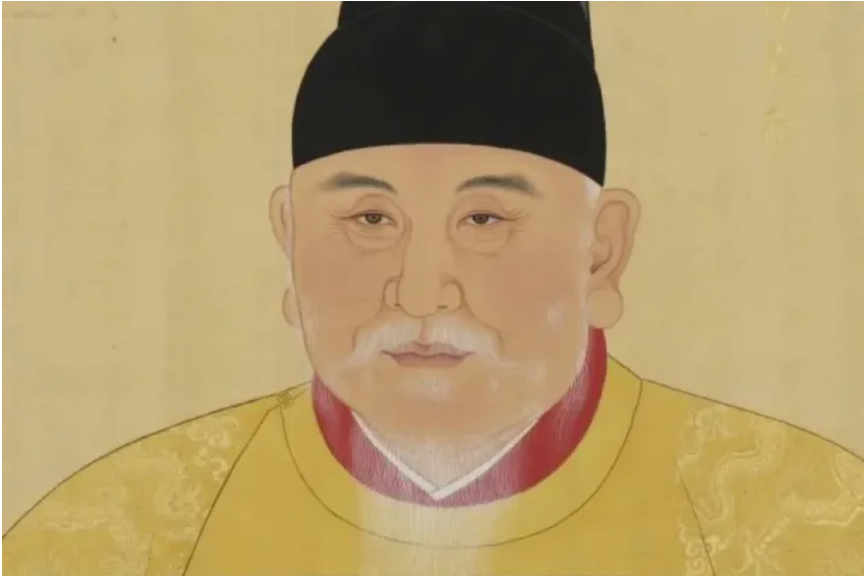
Chu Nguyen Chuong painted by the court is different from the description in historical history. (Photo: Sohu)
Zhu Yuanzhang, also known as Ming Taizu (1328 – 1398), was the founding emperor of the Ming Dynasty. He is considered one of China’s greatest Emperors due to his great contributions to the country, but is also criticized for his harshness. According to historical records, Chu Nguyen Chuong came from a poor peasant family. Although he lived in poverty, he was a calculating, farsighted person.
According to historical records, Chu Nguyen Chuong was an ugly person, has a plowshare face and is full of moles, but according to the paintings of him, he is completely different. Also from these drawings, AI portrayed him as an emperor with an extremely majestic appearance and a powerful face.
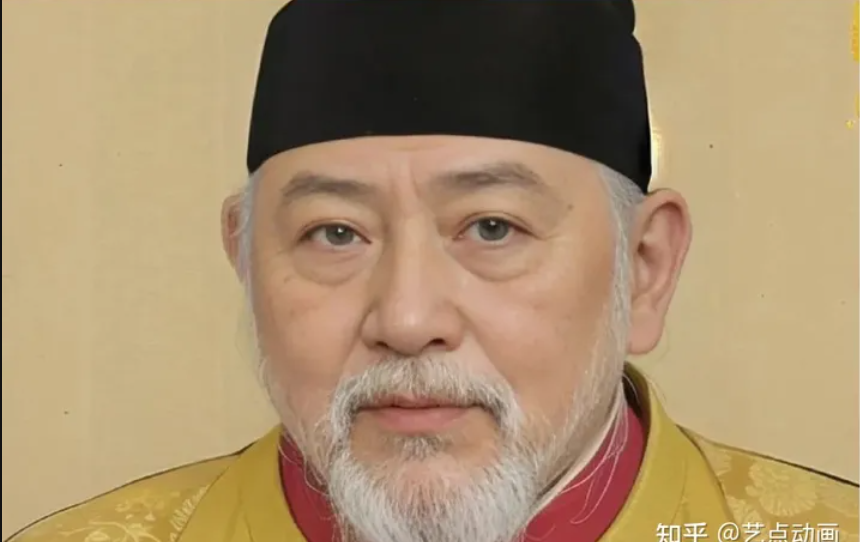
AI believes that Chu Nguyen Chuong is an emperor with a face full of authority. (Photo: Sohu)
4. Kangxi
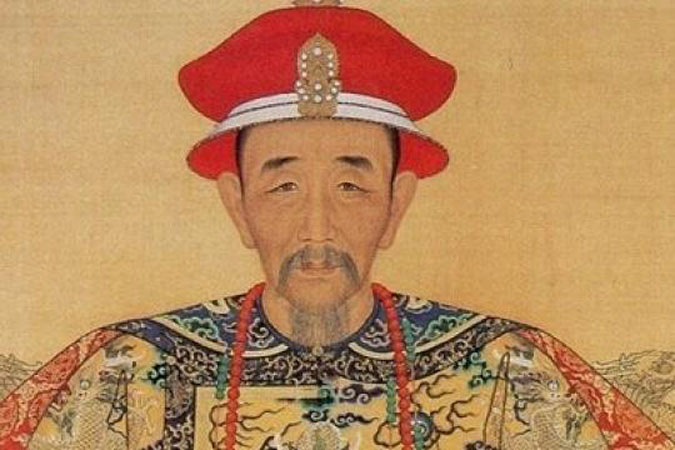
Kangxi, according to ancient descriptions, was a short emperor. (Photo: Sohu)
Kangxi, also known as Thanh To (1654 – 1722), was the fourth emperor of the Qing Dynasty. In the history of the Qing Dynasty, Khang Hi is considered the most talented emperor, the one who established the 134-year prosperity of the Qing Dynasty after a series of wars and aggressive policies that caused The Ai Tan Giac La family maintained the throne of Trung Nguyen emperor.
According to some historical records, the once-in-a-century emperor Kangxi was only 1m58 tall. However in the book “Portrait of the Emperor of China” by the French missionary – Joachim Bouvet, who came to China in the 26th year of Kangxi, described this emperor very differently.
And AI redrawn Khang Hi’s portrait with cold eyes, a slightly round nose, and many scars left by smallpox on his face.
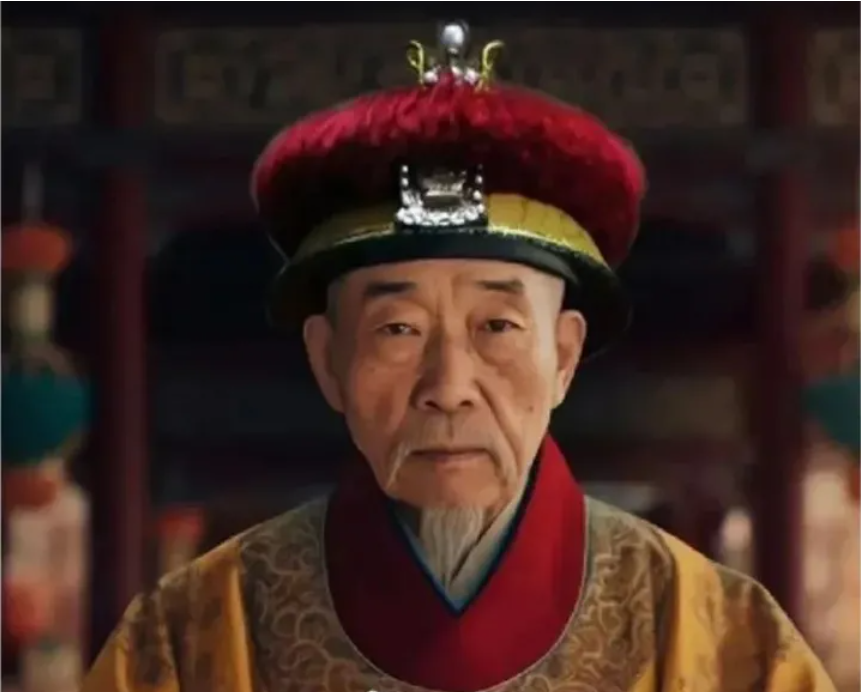
AI redrawn Khang Hi’s portrait with cold eyes and many scars left by smallpox on his face. (Photo: Sohu)
5. Ung Chinh
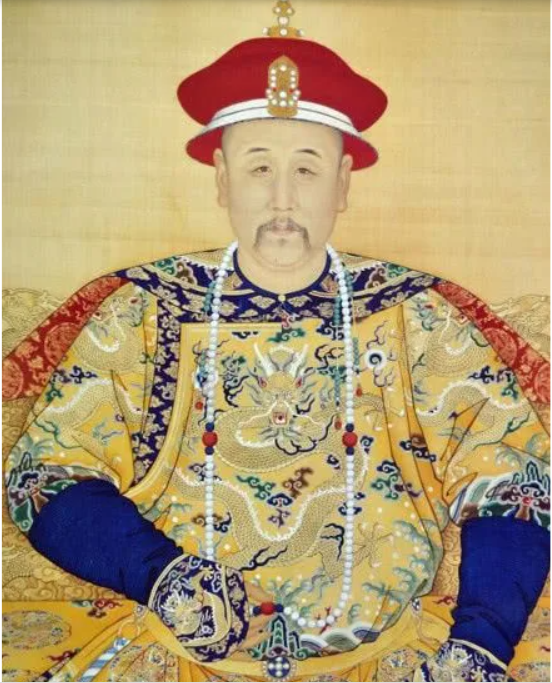
Ung Chinh is a hard-working, workaholic king. (Photo: Sohu)
Ung Chinh, also known as Thanh The Tong (1678 – 1735), was the fifth emperor of the Qing Dynasty. According to descriptions in historical books, Ung Chinh was a diligent and thrifty emperor. During his 13 years as king, he truly practiced diligently morning and night, without being negligent at all. In addition to my birthday, I take some time to rest, basically in a year of 365 days, no day is lazy when it comes to major national affairs. It can be said that a good and hard-working king like Ung Chinh probably cannot find a second person in Chinese history. His policies paved the way for Dai Thanh’s prosperity for nearly the next 150 years.
AI reconstructed the image of Emperor Ung Chinh as a king with a gentle face, slightly longer and thinner ears than in ancient court paintings.

AI redraws the portrait of Emperor Ung Chinh quite benevolently. (Photo: Sohu)
6. Qianlong
Thanh Cao Tong, also known as Emperor Qianlong (1711 – 1799), was the sixth emperor of the Qing Dynasty. He is the Emperor with the longest lifespan in Chinese history. Described as extremely majestic and powerful in many movies, few people know the appearance of King Qianlong. Qianlong’s reign lasted nearly 60 years; from October 11, 1735 to September 1, 1795; and was the time of great economic and military prosperity for Dai Thanh. At this time, the Qing Dynasty’s territory extended to the Yi River Delta and Xinjiang, China’s territory expanded to its maximum, about more than 13,000,000 km².

AI has recreated a portrait of Emperor Qianlong with small eyes and a not high nose, very different from movies. (Photo: Sohu)
Based on the original painting, instead of the dignified and majestic appearance like the image of the king portrayed in the movie, AI restored the portrait of Emperor Qianlong with small eyes and a not high nose. Different from the impression of a majestic emperor in people’s minds, Emperor Qianlong looked like an ordinary middle-aged man.
In particular, when witnessing portraits of Chinese emperors, Chinese netizens had to exclaim “don’t be fooled by movies”.
Source: Sohu





